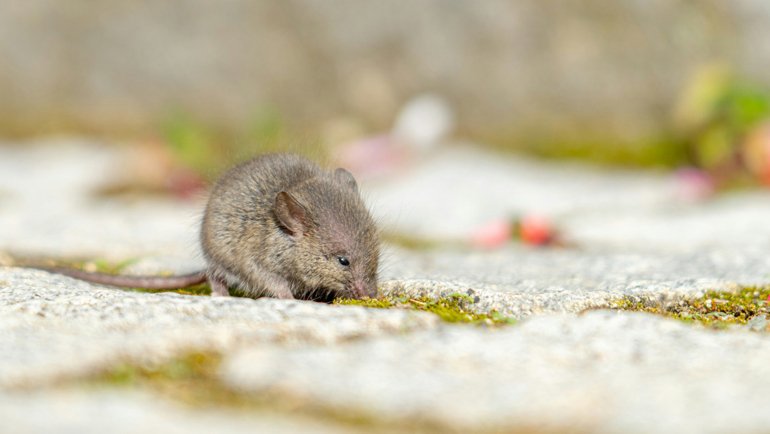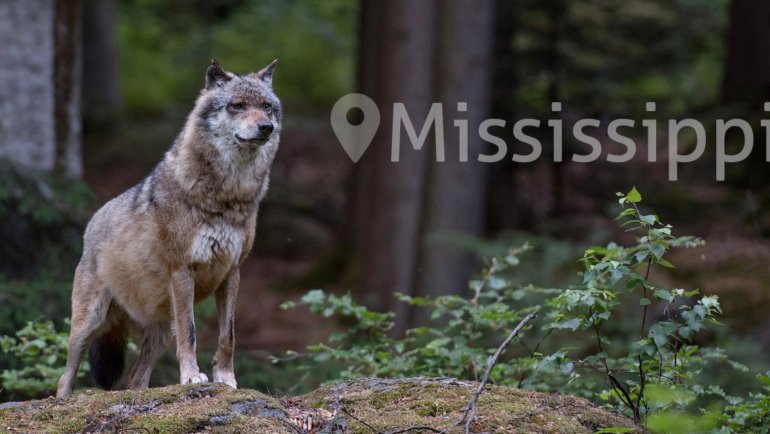One of the first decisions to make before rearing goats is the type of goat breed you want to rear. Whether you want milk, meat, wool, or regulate the growth of grass in your yard, there is a goat breed for you.
Each goat breed has its own peculiar characteristics that make them preferable to farmers. From size to color, to behavior, each breed has its own variations that make it different from other breeds. Here are the types of goat breeds you should know to make the right decisions on your farm.
Types of Goat Breeds
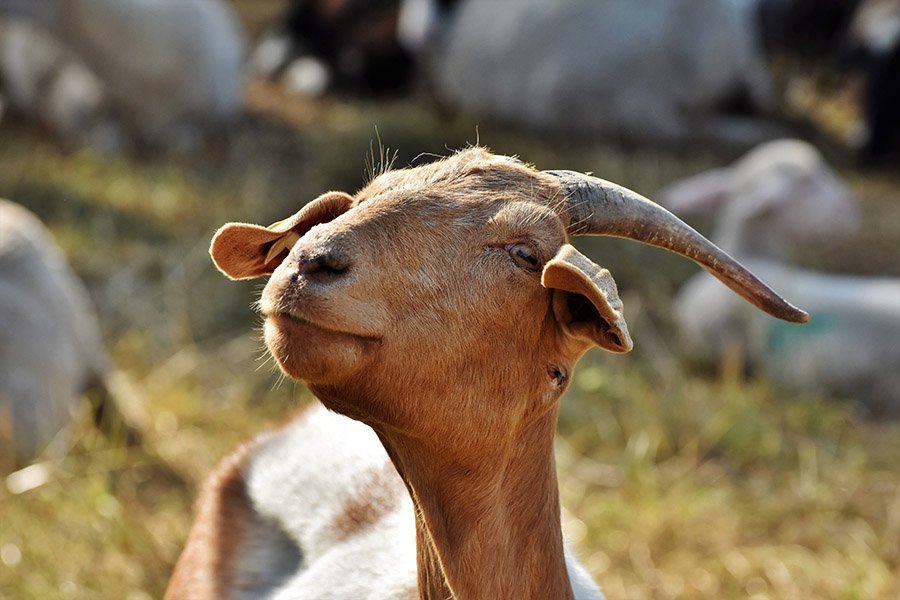
1. Spanish
Through evolution and selective breeding, the Spanish breed has evolved to thrive in their Texan habitats, five centuries after they arrived on the North American continent aboard Spanish ships.
They are milk goats highly valued for their toughness, resilience in harsh environments, and are both good foragers and excellent climbers. They are also easy birthers which makes breeding quite convenient for farmers who make use of selective breeding.
Also read: Are Goats Dangerous? What to Do if You Are Attacked?
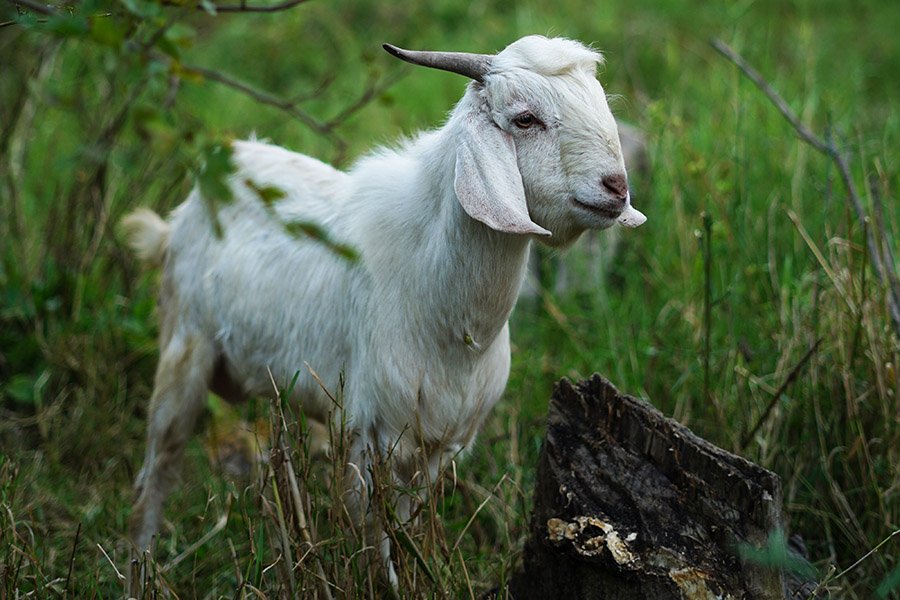
2. Boer
Raised primarily for meat, boer goats are the largest of goat breeds with an adult doe weighing as much as 300 pounds. They were originally imported from South Africa and due to scarcity in the past, have become quintessential breeding goats.
Their fast growth rate makes them desirable to producers, gaining up to 0.4 pounds per day.
3. Myotonic
The drama queen of goat breeds, the Myotonic is loved for its fainting tendencies. Also called Tennessee fainting goats, they fall over when startled because of a recessive gene that causes their muscles to stiffen. The breed is indigenous to the United States and is easy to manage.
4. Kiko
From New Zealand comes the Kiko which is a hybrid of wild goats, Nubian, Toggenberg, and Saanen. They usually have a white coat, are parasite-resistant, less prone to foot-rot, and fairly hardy.
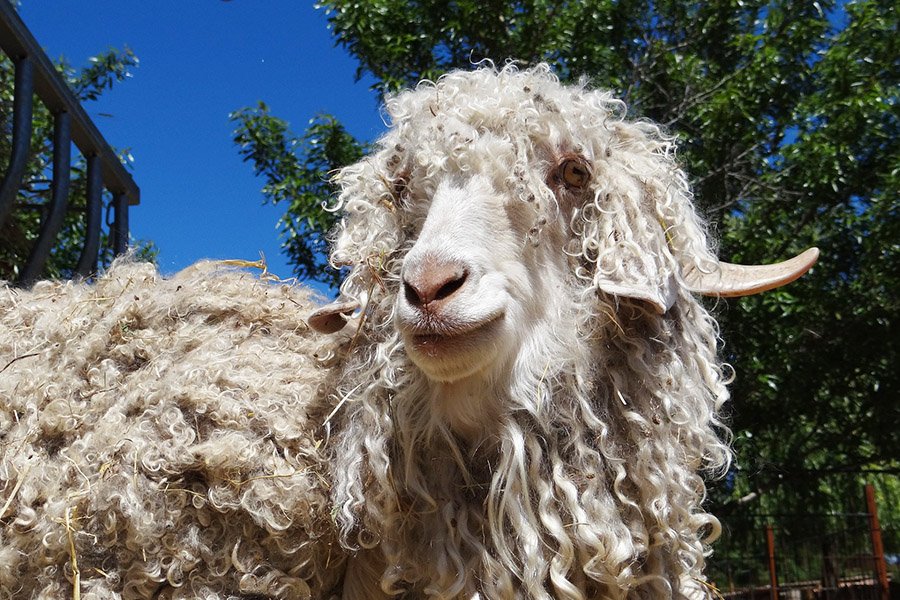
5. Angora
The Angora traces its origin to Turkey and is easily recognized by its luxurious mohair coat. Although they are also reared for meat, their coat is the primary aim of producers and makes them popular among cross-breeders.
They are more susceptible to parasites than other breeds, lack hardiness, and have a low reproductive rate. However, there is a profitable market for mohair and they have good carcasses.
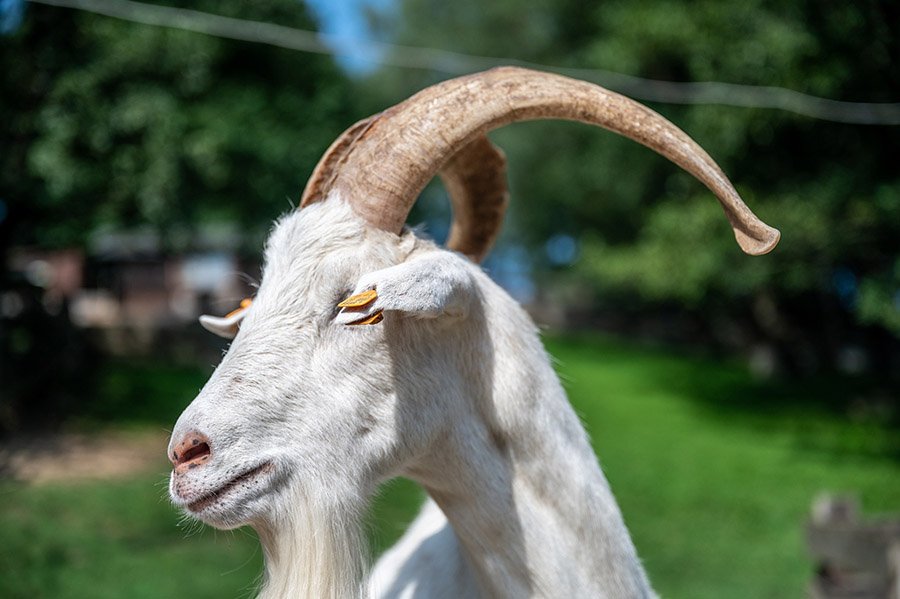
6. Saanen
These goats are very popular and easily recognizable in the United States. They are the second largest goat breed, smaller than only the Boer in size, and are excellent dairy goats. They have short hair and are easy-going creatures.
List of Tall Goats With Horns
There are goats that grow up to become extremely tall and almost gigantic. Here is the list of the world’s tallest goats.
- Boer Goat: Boer goats weigh 220 pounds to 300 pounds.
- Kiko Goat: Kiko goats often weigh 160 pounds to 260 pounds.
- Kalahari Red Goat: Kalahari goats weigh 165 pounds to 253 pounds.
- Savanna Goat: Savanna goats weigh 200 pounds to 250 pounds.
- Angora Goat: Angora goats weigh 110 pounds to 224 pounds.
- Alpine Goat: Alpine goats weigh 155 pounds to 220 pounds.
- Rove Goat: Rove goats weigh 132 pounds to 200 pounds.
- Jamunapari Goat: Jamunapari goats weigh 132 pounds (does) to 200 pounds (bucks)
- Damascus Goat: Damascus goats weigh 130 pounds to 200 pounds.
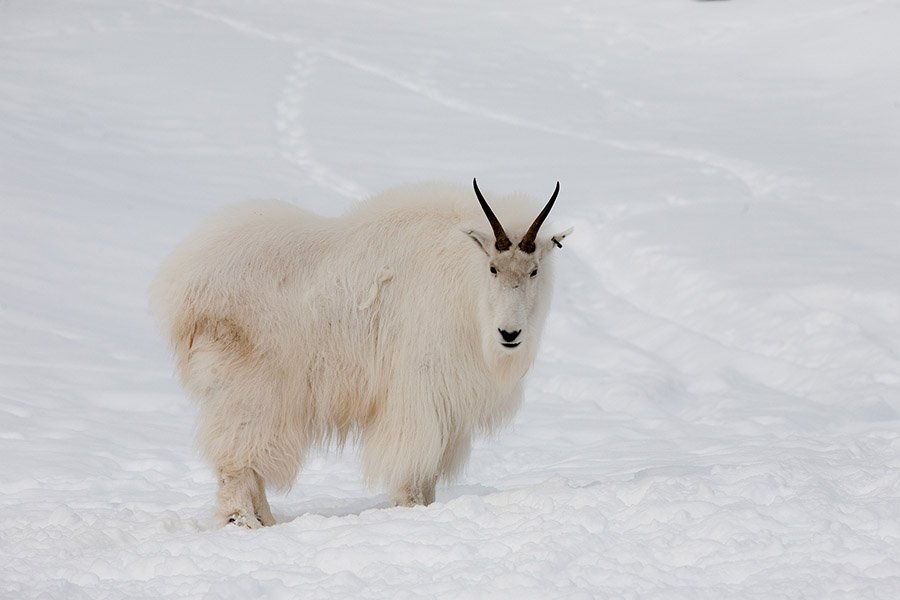
Types of Goats With Horns
All goat breeds have horns although some individuals may not due to genetics. These goats are called polled goats. Another reason is intentional breeding to produce hornless goats which are considered more aesthetically pleasing.
Nevertheless, goat horns differ significantly. Pygmy goats generally have straight horns that curve outwards. Nubian goats have slightly curved horns, Boer goats have thick backward-curved horns, and the Girgentana is famous for its long cock-screwed horns.
How Many Breeds of Goats Are There?
There are currently 200 domestic goat breeds in the world according to the Smithsonian Institution, and approximately 1 billion goats can be found around the world.
Goats were domesticated in the East between 9000 to 11,000 years ago. They belong to the Bovidae family and are divided into three main groups which are:
- Domestic goats.
- Mountain goats.
- Wild goats.
Also read: What Eats a Goat? Top 9 Goat Predators
Difference Between Pygmy and Nigerian Dwarf Goats
The pygmy goat and the Nigerian dwarf goat both originate from Africa. While the pygmy goat’s origin has been traced to the Cameroon Valley, the Nigerian dwarf goat originates from Nigeria.
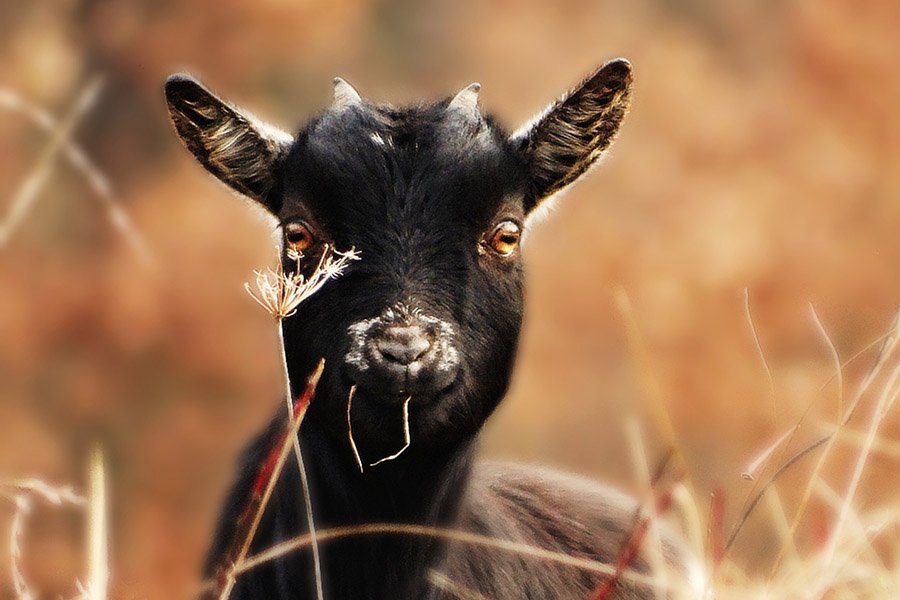
Although they are from the same continent and bear other similarities like temperament, height, and attitude, they have other glaring differences.
Pygmy goats are thick-muscled, stout, and have a round bone structure. Their overall body length from head to tail is short and their colors vary widely. They are bred primarily for milk.
The Nigerian dwarf goat is just as small as the pygmy goat but has an overall refined body structure with flat bones and angularity. They are dairy goats and generally have long bodies in comparison with pygmy goats.

